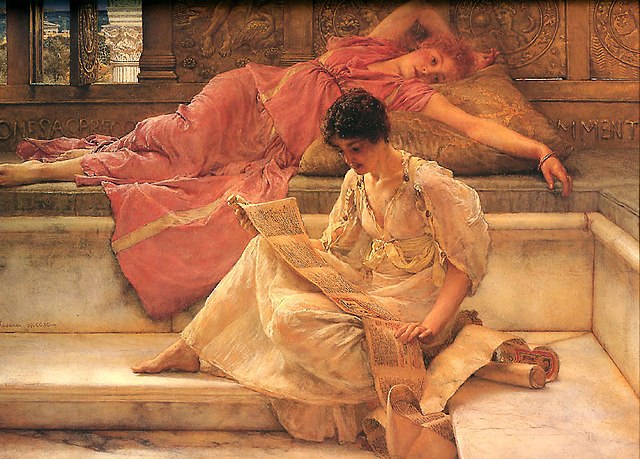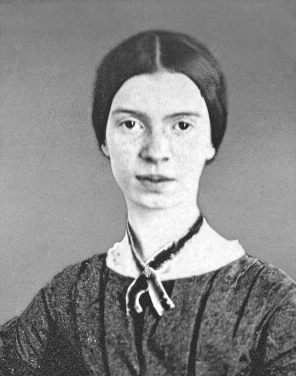Emily Dickinson: 10 Intriguing Facets of the Literary Enigma’s Life and Poetry

As an Amazon Associate I earn from qualifying purchases.
Emily Dickinson was an American poet renowned for her unique and unconventional style, as well as her profound exploration of themes such as death, love, nature, and the human experience. Born on December 10, 1830, in Amherst, Massachusetts, Emily Elizabeth Dickinson was the second of three children in a prominent and well-educated family.
Dickinson grew up in a strict Calvinist household, and her early education primarily took place at the Amherst Academy. Later, she briefly attended Mount Holyoke Female Seminary but ultimately returned home, where she began to withdraw from social life. Emily Dickinson’s self-imposed seclusion from the outside world became a defining aspect of her life.
Despite her reclusive nature, Dickinson maintained a rich inner life and developed a deep appreciation for literature, often immersing herself in the works of Shakespeare, the Brontë sisters, and other classic poets. Her writing, however, deviated from the conventional norms of her time, employing short lines, unique punctuation, and a profound focus on inner emotions and thoughts.

Dickinson’s poetic career began in the 1850s, and she produced nearly 1,800 poems during her lifetime. However, only a handful were published anonymously, and she gained recognition only posthumously. Her poetry explored the mysteries of existence, the complexities of faith, and the enigmatic nature of the human soul.
The themes of death and immortality pervade much of Dickinson’s work, perhaps influenced by the deaths of close friends and family members. Her unconventional use of dashes and capitalization, coupled with her condensed and elliptical style, contributed to the distinctiveness of her poetry.
Emily Dickinson died on May 15, 1886, at the age of 55. After her death, her younger sister, Lavinia, discovered Dickinson’s vast collection of poems. Despite initial hesitations, a selection of her works was published, revealing her extraordinary literary talent. Today, Emily Dickinson is regarded as one of the most important American poets, and her unique voice and innovative approach to poetry continue to captivate readers and scholars alike.

Here are 10 interesting facts about her:
1. While not entirely a recluse, Dickinson preferred the company of her imagination and nature. She often donned white, symbolizing purity and seclusion, and rarely ventured beyond her family’s Amherst home. This self-imposed isolation fueled an inner world teeming with creativity, reflected in her introspective poems.
2. Despite publishing only 10 poems during her lifetime, Dickinson penned a staggering 1,800! These were discovered after her death, hidden away in fascicles – small, hand-stitched booklets – a testament to her prolific nature and desire for personal expression.
3. Unconcerned with conventional rules, Dickinson shattered the mold of punctuation and meter. Her idiosyncratic style, characterized by dashes, slant rhymes, and condensed language, became her signature, adding a unique flavor to her poems.
4. The recipients of her passionate love letters remain shrouded in mystery, fueling speculation and adding a layer of intrigue to her life. Was it the married clergyman, Samuel Bowles? Or perhaps the judge, Otis Lord? The unanswered question adds a touch of romanticism to her enigmatic persona.
5. A devoted gardener, Dickinson found inspiration in the natural world. Her poems blossom with imagery of flowers, birds, and landscapes, serving as metaphors for deeper themes like death, love, and faith.
6. Relations with her strict father and traditional mother were strained, possibly influencing her independent spirit and unconventional choices. This internal conflict between societal expectations and personal desires adds depth to her complex character.
7. Though she left seminary early, Dickinson was an insatiable reader, immersing herself in philosophy, theology, and literature. This intellectual curiosity fueled her creativity and shaped the depth and complexity of her poems.
8. Friends affectionately nicknamed her “Little Homestead” for her quiet life and love for observing birds, often incorporating them into her poems. These feathered friends became symbols of freedom and connection to the natural world, themes prevalent in her work.
9. Dickinson’s poems were published posthumously, initially receiving mixed reviews. However, her unique voice and unconventional style gradually gained recognition, and today she is celebrated as a groundbreaking American poet.
10. The Emily Dickinson Museum in Amherst, her childhood home, allows visitors to step into her world and explore her life and legacy. From her writing desk to the garden she meticulously tended, the museum offers a glimpse into the mind and heart of this enigmatic poet.
Emily Dickinson’s life and work continue to inspire and challenge readers. Her unconventional approach to poetry, her deep connection to nature, and the mystery surrounding her personal life all contribute to her enduring legacy. So, delve into her poems, explore her life, and discover the captivating world of the “Belle of Amherst,” a woman who dared to be different and left an indelible mark on American literature.
Amazon and the Amazon logo are trademarks of Amazon.com, Inc, or its affiliates.












